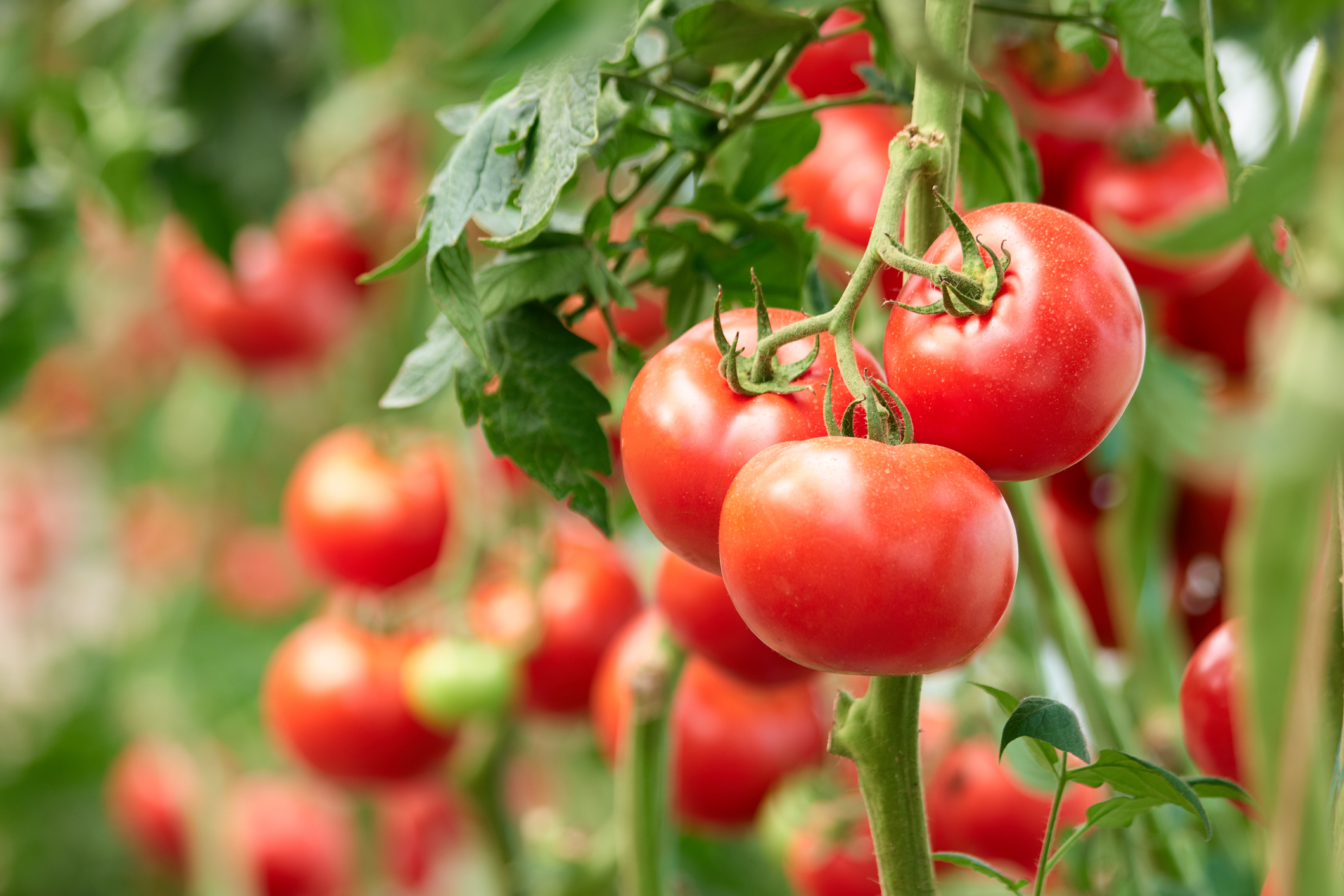For those looking to grow and enjoy fruit from their backyard, spring is the ideal time to start. However, to ensure healthy growth and good yields, it is important to select fruit tree cultivars that will be successful in Iowa’s cold climate, and to plant them in a way that will set them up for a lifetime of enjoyment. Suzanne Slack, Iowa State University Extension and Outreach fruit crops specialist, discusses tips for planting successful, fruitful fruit trees this spring.
Picking a Tree
The first step in planting a new fruit tree is deciding what to plant. While apple trees are an excellent option that is well suited to Iowa’s frigid temperatures, Slack also recommends tart cherry trees, especially the variety ‘Montmorency’. Some cultivars of sweet cherries can be successfully grown; however, it is best to purchase cultivars bred for colder climates, such as ‘North Star’ and ‘Black Gold’, to ensure adequate winter hardiness.
Plum and pear trees generally do well in Iowa also, but may experience some disease issues, so it is important to monitor them closely. For a less traditional option, Slack recommends the native paw-paw tree, which produces a small, green fruit with a sweet, banana-like flavor and is deer resistant.
An additional factor to consider when selecting a fruit tree for your backyard is that many fruit trees are self-incompatible, meaning that they require a nearby pollination partner in order to produce fruit. Pawpaw, pear, apple, plum and most sweet cherry trees (exceptions include the two recommendations above) require a partner to produce fruit; however, apple trees can be cross-pollinated by nearby crabapple trees as well. Tart cherries are self-pollinated, and do not require a partner.
While some nurseries may claim to sell self-pollinating apple varieties, Slack warns that these trees often produce lower quality fruit, both in size and general taste without a pollinizer partner.
Selecting a Site
When selecting a site for a fruit tree, one of the most important factors to consider is light availability. Fruit trees generally require full sun, and will produce significantly less fruit when shaded out. They also prefer well-drained soil. As Slack explains, it is also important to plan for the tree’s mature size, especially when planting near homes, roads, neighboring trees and other obstacles.
Planting and Pruning
As far as planting fruit trees, planting too deep is one common mistake. Most commercially available fruit trees have been grafted on to a rootstock (a totally different tree) for benefits such as increased disease resistance, drought tolerance or size control. Gardeners may see the graft union, where the fruit-producing upper portion of the tree and the beneficial rootstock are joined together, as undesirable, and attempt to bury it. However, this will cause the top portion of the graft to grow its own roots, completely overriding any benefits from the rootstock. This can cause trees to grow much larger than intended, or suffer decreased disease, pest or drought resistance.
Pruning is also an important part of caring for fruit trees, as sun exposure and air circulation are essential for fruit formation. Fruit trees require regular pruning, even in their first year. Late February is the perfect time to prune fruit trees. For more information on pruning, visit the extension pruning guide available on the ISU Extension and Outreach Horticulture and Home Pest News webpage.
Harvesting
For many fruit trees, obtaining edible fruit is a bit of a waiting game. However, the length of time between planting and harvesting is largely dependent on the size of the tree. Some dwarf varieties may produce fruit in their first year after planting. However, Slack recommends removing the blooms from these trees before the fruit is formed in order to encourage the tree to invest in more shoots and leaves, which will be more beneficial long-term.
Most semi-dwarf varieties will produce edible fruit between 2 and 3 years of age, while full size rootstocks can require between 5 and 8 years to produce fruit.
While fruit trees can provide a wonderful opportunity for homeowners to enjoy food grown in the backyard, Slack warns not to expect grocery store quality from backyard trees. “If you’re sick of paying Honeycrisp prices and want to buy your own Honeycrisp tree, you will find out quickly why Honeycrisp apples are so expensive at the grocery store,” she said. “It takes a lot of effort to get a perfect fruit.”
For more information, Slack can be reached at 515-294-0035 or slacksuz@iastate.edu
Author:
Suzanne Slack
Extension Fruit Crops Specialist
515-294-2751
slacksuz@iastate.edu



